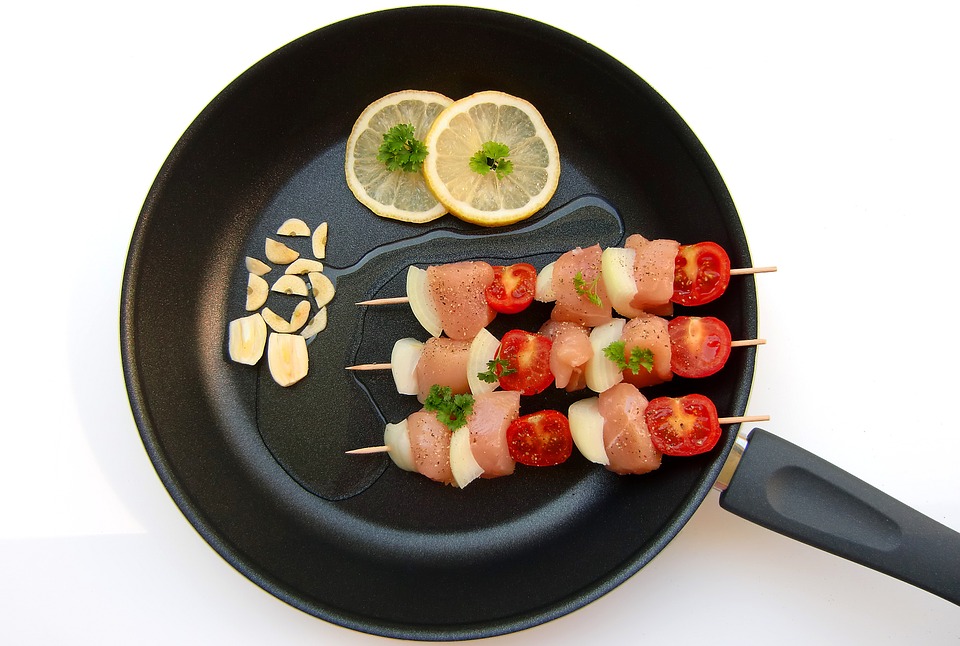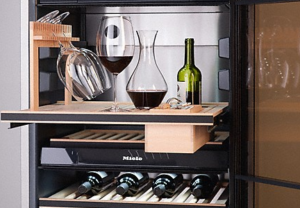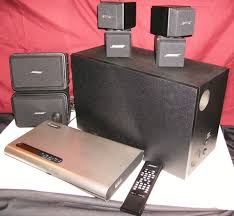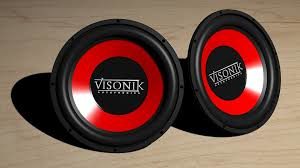Tips for Choosing the Right Frying Pan
Frying pans are also known as sauté pans and are a staple in all commercial kitchens. They combine the classic, round shape of the skillet, with moderately high, sloped sides. The pans feature an all-purpose signature design that makes them quite ideal for scrambling, searing, and sautéing. They are also available in a wide range of sizes from 8-, 10, and 12-inch being popular sizes. You can check this pan-handlers guide to learn more. These are factors to consider when choosing a frying pan.
Pan Materials
 Fry pans are available in a wide range of materials, handle types and coatings. It does not matter whether you want non-sticky or natural finish pans; you are guaranteed to get what you want. You should carry out adequate research on the importance of choosing a frying pan made of a given material.
Fry pans are available in a wide range of materials, handle types and coatings. It does not matter whether you want non-sticky or natural finish pans; you are guaranteed to get what you want. You should carry out adequate research on the importance of choosing a frying pan made of a given material.
Fry Pan Thickness
Other than material construction, you need to consider the thickness of a frying pan. The thickness is measured in either mils or gauge. You need to learn how to read these numbers. For instance, 1 mil is equal to 1/1000. Therefore, thicker pans have higher mil numbers. On the other hand, gauge works in the opposite direction. A thinner metal has a higher gauge. Most cookware items fall between a thick 10-gauge construction and thin 22-gauge construction.
Riveted Versus Rivetless
Rivet handles are sturdy, and they are permanently attached. You do not have to tighten the handles. They need thorough cleansing care to prevent the bacterial buildup around rivets. On the other hand, rivetless frying pans have a smooth interior surface that allows for easier cooking without interference from the rivet heads. Moreover, it eliminates bacteria and food collection areas.
Handle Types
 It is advisable to choose frying pans with stainless steel handles or aluminum handles as they do not conduct heat and can remain cooler as you use the pan. Cool or silicone handles are good options as they provide a comfortable grip for continuous use and simple cleaning. However, you should note that most silicone handles are not suited for high-temperature use.
It is advisable to choose frying pans with stainless steel handles or aluminum handles as they do not conduct heat and can remain cooler as you use the pan. Cool or silicone handles are good options as they provide a comfortable grip for continuous use and simple cleaning. However, you should note that most silicone handles are not suited for high-temperature use.
Non-stick Versus Natural Finish
Both natural finish and non-stick fry pans provide a wide range of cooking possibilities. Depending on one’s needs, a natural finish fry pan is a good option for preparing menu offerings. The truth is that there are various benefits of using non-sticky fry pans that make them a top choice for chefs. For instance, they are easy to clean and prevent food from sticking to the surface of the pan.…




 The size of the fridge will be one of the most important things you must consider. You need to choose this based on the number of bottles you plan to store and if there is enough room in the location where you will install the cooler. You will realize that there are a variety of different sizes on the market, but you need to keep in mind that the bigger you go, the more you will pay.
The size of the fridge will be one of the most important things you must consider. You need to choose this based on the number of bottles you plan to store and if there is enough room in the location where you will install the cooler. You will realize that there are a variety of different sizes on the market, but you need to keep in mind that the bigger you go, the more you will pay.
 Most speakers start to drop off at about 50Hz. This deprives you of the full clarity and depth of bass tones. A good subwoofer will reach down to 20Hz or lower, right down to the limit of human hearing.
Most speakers start to drop off at about 50Hz. This deprives you of the full clarity and depth of bass tones. A good subwoofer will reach down to 20Hz or lower, right down to the limit of human hearing.